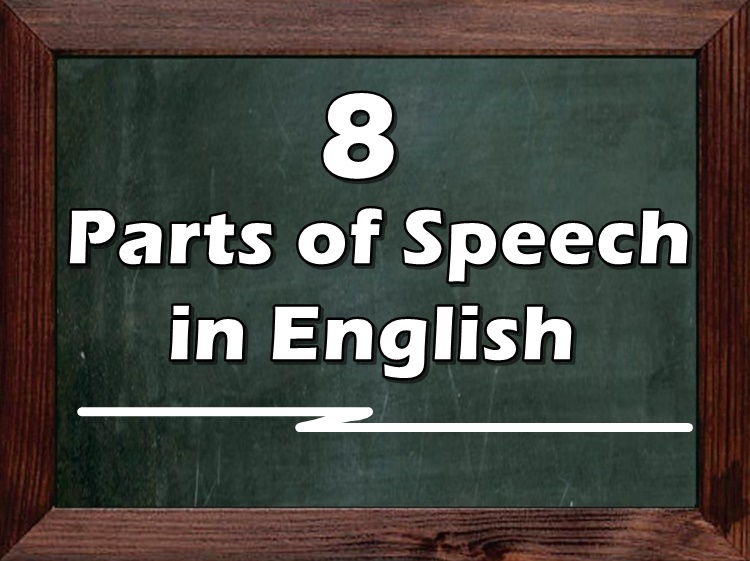WHAT IS PART OF SPEECH – Below are the eight (8) parts of speech in learning English and the functions of each.
Learning English fast requires the mastery of the eight (8) parts of speech. Each of them serves a specific function and there are some words that can be used differently depending on the context.
Parts of Speech and Their Definition & Examples
List of 8 Parts of Speech & their Definition, Examples
PARTS OF SPEECH – Here is a list of the eight (8) parts of speech, their definition, and some examples.
In English, there are these parts of speech which are often discussed in our elementary and secondary years. They are among the basic components of English that are necessary for us to be able to comprehend the other lessons well.
These parts are the noun, pronoun, verb, adjective, adverb, preposition, conjunction, and interjecion. In this article, we will try to discuss them one-by-one and we’ll sort out some examples.

1. Noun
The noun refers to the name of person, place, thing, event, etc. Often, it plays the role of the subject or the doer of the action in a sentence.
Examples: Teacher, Dr. Gregory Chan, Apple, Cup, Harvard University
- The teacher walked into the room.
- Dr. Gregory Chan advised the pregnant woman to rest.
2. Pronoun
The pronoun is one of the most common parts of speech aside from the noun. It replaces the noun in a sentence to avoid repetition.
Examples: He, She, It, Her, Him, Their, Our, They, Them
- Kier is not feeling well. That is why he is absent today.
- Janine and Liza studied upstairs. Do you want to see them?
3. Adjective
The adjective is the word that describes a noun or a pronoun in a sentence. It can be a number.
Examples: small, beautiful, three, lazy, high, tiny
- The white mouse ran fast to the room.
- Did you call the lazy employee to reprimand him?
4. Verb
The verb is also one of the common parts of speech in English. It denotes action. It is also called “action word”.
Examples: run, sit, eat, tap, write, search, throw
- Diego did not expect the dog to run to the street.
- Did you tell the students to sit?
5. Adverb
Based on an article on HG Publishing, an adverb is a word that provides more information about the verb in the sentence. It often ends in “ly”.
Examples: beautifully, sweetly, warmly, sadly, slowly
- The program was designed beautifully by Gerry.
- Chris was warmly welcomed by the Rodriguez family.
6. Preposition
A preposition tells the position of an object if it is below, on top, beside, etc. of a certain object.
Examples: on, at, in, after, before
- She was at the edge of difficulty then.
- Can you come here before Ben arrives?
7. Conjunction
Conjunction stands to the task of joining two(2) words or ideas based on the article.
Examples: or, and, yet, but, while, since, although, nor
- It is raining hard but no one can stop Rico from going.
- Crail was washing the dishes while Tina was changing the baby’s diaper when the incident happened.
8. Interjection
Interjections are words that express surprise. Often, they end on an exclamation point.
Examples: Eww! – Ouch! – Alas! – Wow! – OMG!
- Wow! What an amazing performance.
- Alas! I got the winning combination!
